In the annals of professional wrestling there are very few gimmicks or angles that have never been used, so it comes as no surprise that a versatile, Canadian wrestler named John Yachetti would carve out his legacy in the game as a club wielding, hairy villain known as The Beast.
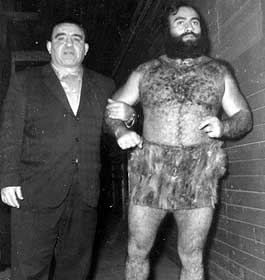
Tony Angelo and The Beast backstage in London, Ontario. Photo by Terry Dart.
There was not much beauty in Yachetti’s ring persona but so effective was his gimmick that the Beast enjoyed a long and productive career spanning several decades. But take note that Yachetti’s Beast is not to be confused with Maritime wrestling legend Yvon Cormier who also gained a measure of notoriety while campaigning as his version of The Beast. A Yachetti family member recalls there was some concern of a litigious nature over the use of the Beast character by Cormier but the issue was settled when it was determined there was no infringement on Yachetti’s gimmick. In fact, over the years there have been several versions of the character worked by various wrestlers.
Sometimes known as the Sicilian Beast, Yachetti introduced his version in 1961 and eventually just became The Beast as he roamed the cavernous arenas and halls in the wrestling world for the next two decades. He achieved much greater fame than any of his pretenders.
He began a modest ring career in the early 1950s fresh out of the rough, steel city of Hamilton, Ontario. A hand injury during a brief sojourn with the Hamilton Wildcats of the Canadian Football League was the impetus that propelled Yachetti into the ring.
“Uncle John was missing a middle finger on one of his hands,” recalled his niece Luana Yachetti. “It stemmed from an accident he had while employed in a factory. He was working around machinery and was required to wear gloves. He warned the owner that it was dangerous since he feared the gloves would become lodged in the machinery. Sure enough that’s what happened and Uncle John lost a finger when one of the gloves got stuck in the machine. Later when he was playing for the Wildcats someone stepped on his hand with a cleat and that was the end of his football career.”

The Beast (John Yachetti) fighting Geeto Mongol in 1977. Toronto Sun file photo.
No longer able to pursue a career on the gridiron, Yachetti took to the mat as Gino Angelo and worked in Chicago, Indiana, Wisconsin and Missouri. There was also a short stint as Blackie Miller in Western Canada and in Oregon where he was ironically billed as an ex-Pittsburgh steelworker. Along the way he was adopted as a “ring brother” by a wily veteran named Martino Angelo.
The elder Angelo carved out his reputation a decade earlier as a top junior heavyweight. Martino held the Midwest Wrestling Association World Junior Heavyweight title around Columbus and Dayton, Ohio in the early 1940s. He would later gain recognition as the NWA World Light-Heavyweight Champion (Hollywood, California version) in the mid 1940s battling the likes of Dangerous Danny McShain and Wild Red Berry.
The Angelo brothers gained modest success as a tag team but just as the Wildcats would go on to greater glory as the Hamilton Tiger-Cats, Yachetti would make it in the big time as The Beast. Yachetti’s wrestling epiphany as a top draw began when he morphed into the Beast character, complete with shaggy, unkempt hair and beard, bare feet, a loin cloth and a club. The loin cloth was made by a relative but the bear hug was perfected by the Beast and became his finishing hold as he went on to a promising career as the wild, mysterious mat man. To solidify the gimmick and ensure maximum heat was drawn, Martino Angelo came on board as manager and his mere presence at ringside was enough to not only draw the ire of fans and opponents but to ensure success at the box office.
Early recognition came in Detroit where the Beast, with the help of his manager, annihilated local favourite, Leaping Larry Chene. The Beast bear hugged the popular Chene into a hospital bed thereby setting the stage for a series of grudge matches at the famed Olympia. Martino Angelo was still wrestling on the under card but was attracting much more attention as manager of the Beast and taking just as many beatings.
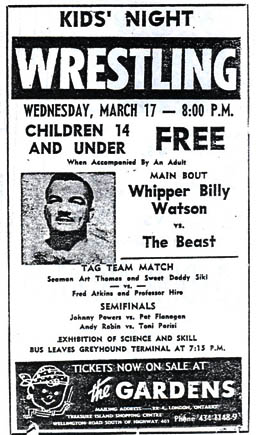
An article appearing in the Brantford Expositor in 1963 captured the essence of a wrestling manager’s role in that era. Reporting on a wild melee that resulted during a match between the Beast and Billy Red Lyons, the reporter noted that while the Beast and Lyons provided plenty of excitement and entertainment, it was the chain-swinging manager, Angelo who really stole the show.
The crowd didn’t like the Beast’s fighting techniques but was irked more by the antics of Angelo as he coached and goaded the Beast on during the match. After the rowdy Beast was disqualified, dozens of fans were so incensed they charged the ring and attacked the villainous pair. One fan was hit on the head with a chair while another was struck on the legs by the chain. The Beast and his manger were treated for head gashes.
Such encounters involving the Beast and Angelo were to become commonplace as the pair worked crowds into a fever pitch wherever they performed. It also served to illustrate the effect a manager had in drawing heat and playing an integral role in the match.
In the quirky world of pro wrestling, no one is ever sure what will work and what won’t but promoters were rubbing their hands in anticipation of big crowds whenever the Beast appeared and he didn’t disappoint. The idea of a beastly, hairy villain pounding on fan favourites or in fact, other vicious meanies somehow appealed to fans. He was to make his mark early in Toronto, Buffalo and Hamilton against the top names of that era.
He traveled extensively but was a mainstay for Frank Tunney at the fabled Maple Leaf Gardens in Toronto where some of his greatest accomplishments took place. At MLG he feuded and teamed with pugnacious Bulldog Brower on occasion and also registered a win over perennial favourite Whipper Billy Watson. He topped Johnny Valentine, another former tag team partner, for the Toronto version of the U.S. title in 1963. The following year he clashed with Bruno Sammartino for the WWWF title on three occasions but not surprisingly came out on the short end in the rubber match.
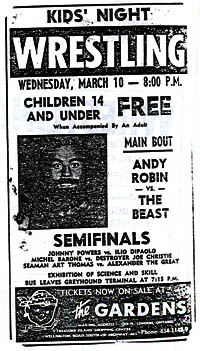
March 10, 1965, London, ON.
But like most stars from that period, The Beast was in demand and all over the map. When not in Toronto and area he worked in Montreal, Detroit, Pittsburg, Cleveland, Washington and Philadelphia, New York, in Virginia and the Carolinas and Western Canada. Opponents included Edouard Carpentier, Johnny Rougeau, Antonino Rocca, Lou Thesz, Yukon Eric, Dick the Bruiser, Hans Schmidt and Ilio DiPaolo, an impressive list among wrestling’s yellow pages.

May 23, 1963, Toronto, ON.
He was featured in many tag teams and his partners included his ever present manager Martino Angelo, Johnny Powers, Sweet Daddy Siki, Moose Cholak, Chris Tolos, and Bobo Brazil.
Standing only 5’10”, the Beast had no difficulty clubbing bigger foes down to size.
“He was not tall of stature,” Dewey Robertson once reminisced, “but wide and strong. At first he was an opponent for some time and then we were billed as partners in a number of cities in Michigan and Ohio.”
If Yachetti’s Beast had an uncontrollable appetite for mayhem in the ring, it became known that he also had a voracious appetite in a restaurant. Apparently he never met a buffet he couldn’t ravish and it was claimed he could eat more than Andre the Giant and Haystacks Calhoun.
In his self-revealing book, Bang Your Head: The Real Story of the Missing Link, Robertson recalls how the Beast, much to the chagrin of restaurant owners, would sometimes make six or seven trips to the buffet and then devour half a dozen chocolate bars for dessert.
Luana Yachetti explained that her uncle came from a family of eight siblings. “All of the Yachetti boys were big eaters. Restaurant owners would cringe when my father Gino and Uncle John and their brothers would show up at a lobster buffet. It was serious business.”
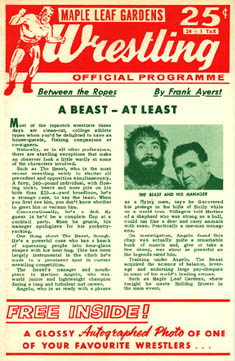
May 23, 1963, Toronto, ON. Clippings all courtesy Maple Leaf Wrestling – Pictorial.
Duncan McTavish, an articulate and eloquent spokesman on wrestling’s storied past, remembers how he and Yachetti, along with Chris Tolos used to travel together to Montreal to appear on the shows where another trait of the Beast surfaced — his frugality.
“We would each bring a lunch that was quite diversified … Italian, Greek, Scottish … and John always knew where we could get a deal. In fact, he was always looking for a deal. We used to take the Rapido train to Montreal and charge the office for plane fare. This was John’s idea as he was always close to a dollar.”
Yachetti was also a sage and offered Duncan’s son Mark sound advice on occasion.
“His favourite words of wisdom to my son was to, ‘Stay away from the steel company … they’re hiring’. At the time Mark heeded his advice,” chuckled Duncan. “John and his brothers owned a huge automobile lot-wrecking and parts-in Winona. Sometimes he liked to stay in his Beast character. He loved joking with the locals by driving the truck all over the lot like he was just learning.”
In fact it was John’s brother Gino Yachetti who owned and operated Bamford and Lampman Auto Wreckers in Grimsby. When he retired from the ring in 1980, John had time on his hands and hung around the business a lot.

Feb. 20, 1964, Toronto, ON.
“He liked to play the Beast and he was a genuinely strong man. One time he carried an engine block with his bare hands. Another time at a local post office, a car was stuck in the snow. He literally picked up the rear end of the car and freed it,” related Luana.
McTavish explained that there was a side to John Yachetti that was not well known. It was the caring and compassion in the man, the beauty in the beast.
“John was an extremely private person and a great person to be around. He never married but had a girlfriend. Chris Tolos and John had one thing in common. They both looked after someone. John cared for his mother and Chris for his sister. I loved John and respected him for the sacrifices he made both for himself and the business,” Duncan said. “Because of his family obligations he had to tailor his schedule so he could be home every three or four days. But he never brought his home life to work.”
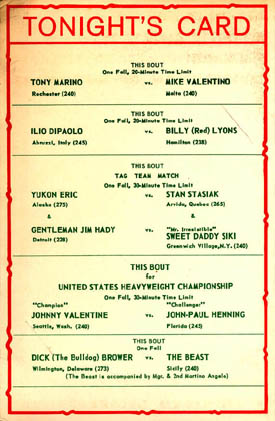
Yachetti worked as the Beast until 1977 when he slowly pulled back from the rigorous grind of a pro wrestler. He returned several years later however, for a brief time at MLG working under his real name of Johnny Yachetti. He wore regular trunks and boots but he was easily recognizable to ring-wise fans that had followed his stormy career for the better part of two decades. It is believed that one of Waldo von Erich’s last matches at the Gardens was against Yachetti.
The roar of the Beast was silenced forever in 1986 when John Yachetti passed away at the age of 59.
“He was diagnosed with throat cancer,” recalled his niece Luana. “He was crushed and upset. After leaving the doctor’s office he hit another car. Within a year he was dead from the cancer.”His friend and sometimes adversary Duncan MacTavish was at the funeral.
“When he died, I went to the viewing and at the time I thought John would be overwhelmed by the extravagance and opulence of the service. I expected him to rise up out of the coffin and rebel,” noted Duncan.
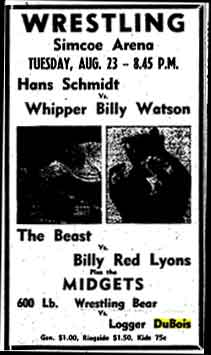
Aug. 23, 1968, Simcoe, ON.
Luana shed further light on the life of the man who created havoc in the ring among his opponents but stability in the lives of others.
“John looked after his mother. It just fell on him as he never married but had a long-time girlfriend,” explained Luana. “He traveled a lot but in later life when he was needed at home he cut back on his schedule. He was such a humble and gentle man. He would teach all the kids in the neighborhood how to properly work out.”
He was big and strong and rugged in the ring and larger than life on the other side of the canvas. Like most villains of the mat who are reviled by the fans, The Beast was revered by those who truly knew him.
Such was the demeanor of the man who was always there for family and friends but expected little in return. Rough-hewn in appearance, private in nature, the beastly character of John Yachetti was far overshadowed by the beauty within the man.
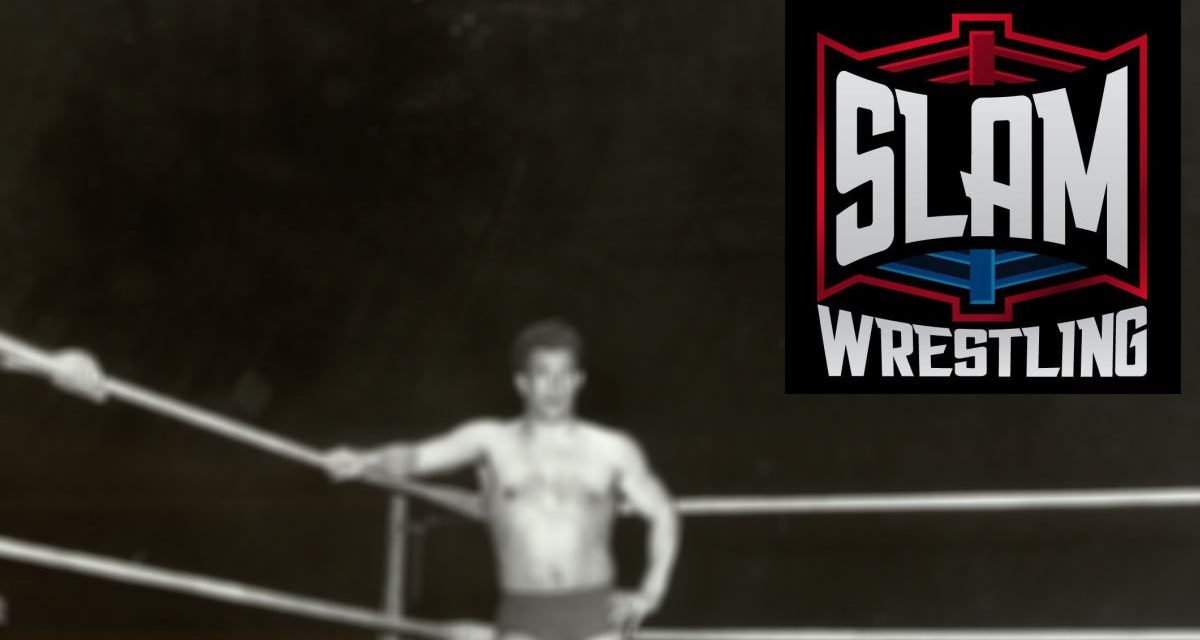

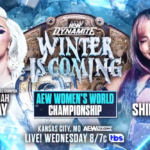




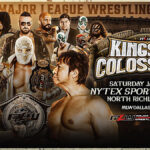

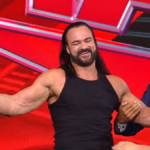



where can i find this book?
Which book? The Missing Link book? Right here: http://www.oliverbooks.ca/bang-your-head.html